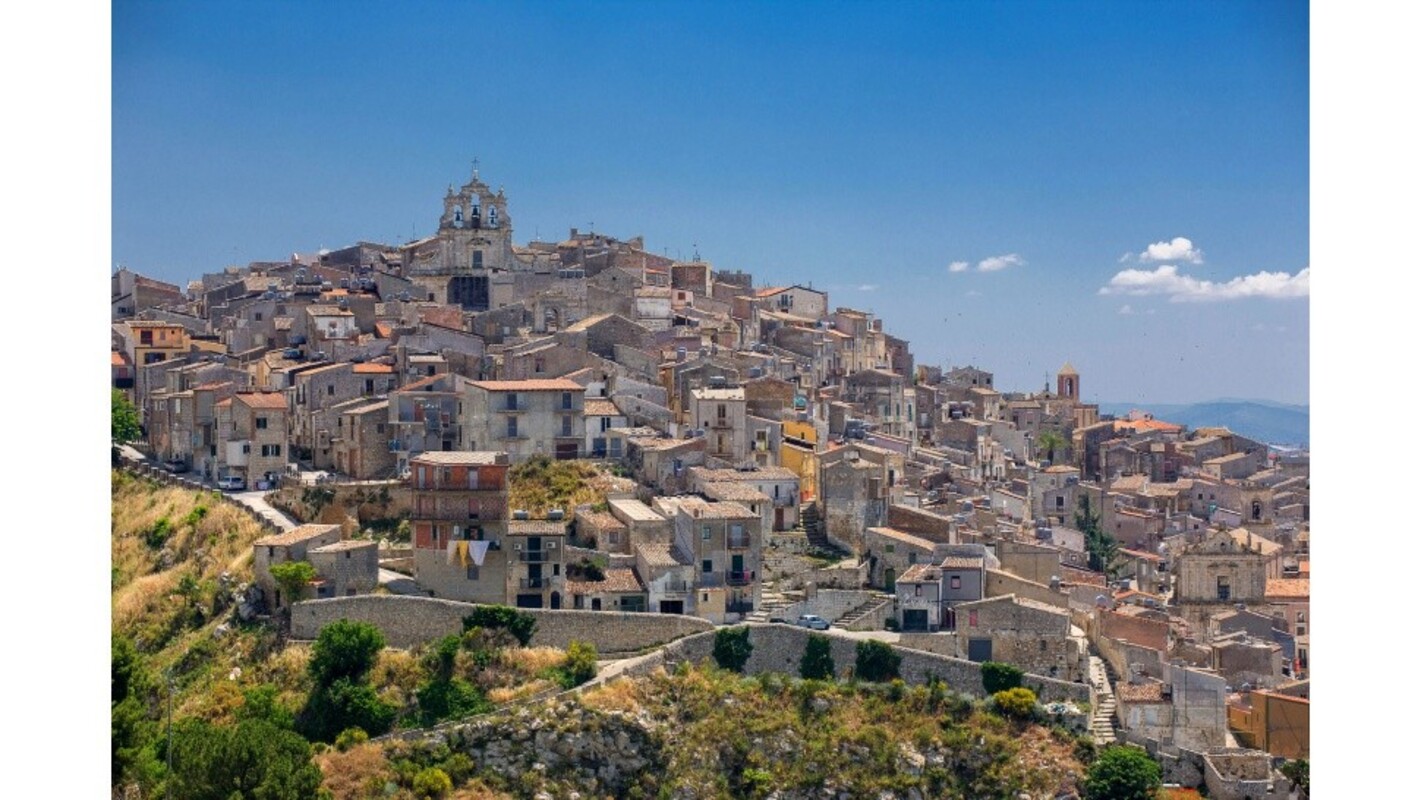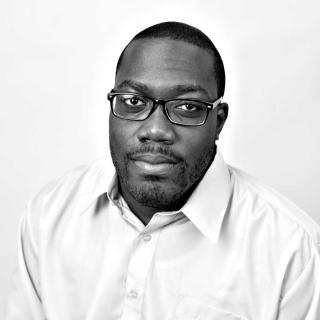
Diverse people of color, and their role in the real estate development industry
The GPHCC’s 2022 Closing the Gap Conference featured an enlightening fire side chat on how people of color can find opportunities and succeed in the industry.
Each year, the Hispanic Chamber of Commerce hosts its Closing the Gap Conference, one of its signature events.
The annual event was created with the purpose of discussing ways in which Latino entrepreneurs can grow their businesses to the point where they can create economic success and ultimately close the outcomes gap.
“What we know is that Black, Brown and diverse businesses have a lot of potential to grow, to really employ and participate in the economy at its fullest potential, but there are just certain things in the systems, in the opportunities available [and] in the resources available, that are just not quite clicking in the way that we want them to,” said Jennifer Rodriguez, President and CEO of the Greater Philadelphia Hispanic Chamber of Commerce.
“And so this conference is, in many ways, an opportunity to bring the people, the know-how, the influencers to talk about the topics that really matter and really bring the resources that are important and can make a difference in your business,” she added.
The 2022 Closing the Gap Conference featured a fireside chat about the booming real estate development industry, moderated by Rodriguez and featuring Maria Gonzalez, President of HACE; Randell Torres, developer at the Greenstar Group; and Tayyib Smith, partner at the Growth Collective.
There is an underrepresentation of people of color in the industry. However, there is opportunity there.
When it comes to real estate development in communities of color, one trend that Gonzalez has seen is the creation of nonprofit and community-based organizations since the 1970s and 1980s.
“There has been this energy to create nonprofit organizations, community-based organizations to really look at the infrastructure of the neighborhoods and really work hard to revitalize these communities,” she said.
She noted that nonprofits often see the potential in neighborhoods that otherwise is often ignored.
More importantly, Rodriguez noted that nonprofits also know how to leverage dollars to make things happen.
The lack of people of color in real estate development is also due to lack of entrepreneurs in the industry.
“So, from generation to generation, you’re not passing that knowledge… to start these investments,” said Gonzalez.
When asked about his entry into the industry, Smith thought about something his grandmother would often say: “You need to see it to be it.”
Children of color often see people who look like them in certain positions, and often not in positions of power and influence.
“How I got into real estate was asking a lot of questions to real estate developments about development without displacement,” said Smith.
His first deal was 20,000 square feet of land overlooking City Hall, a rarity for a first-timer in the industry.
Torres went on to become a real estate developer after a successful career in construction.
He noted that the transition took a lot of learning, and also a shift in mindset.
“It’s about mindset, changing who you are and where you want to be,” he said.
Real estate, however, is not a one-person ordeal.
To be successful, oftentimes an equity partner is needed.
RELATED CONTENT
“A lot of it is in relationships and meeting people,” said Gonzalez.
To this end, she amplified the importance of networking, meeting people and building relationships — an element she said is often lacking in the Latino community.
“I always say when I attend everything, if I take one thing away from that conversation or that meeting or that conference, then it was worth my time,” she added.
In Philadelphia, about 67% of the population is people of color.
Therefore, the majority of tenants in these properties across the city are people of color. However, the overwhelming majority of developers and investors are white, which has historically often led to displacement.
“If we’re going to make transformative change, there has to be some organization in terms of public policy and mandates because the tenants differential in Black and Latino household wealth versus white household wealth comes from intergenerational public policies that exclude us from opportunity,” said Smith.
With all that was said throughout the fireside chat, success in real estate development is boiled down to having capital.
To this end, Gonzalez said, “We need capital. You need to be able to have those lines of credit to be able to sustain operation… and also to be able to expand your business and to pay for all the costs related to development.”
However, it simply doesn’t come easy for most people of color and has really held these communities back.
Rodriguez made the point that while there are and have been long standing challenges, the resources are out there.
“Rather than deciding that you’re going to open up and think that the reality is that there’s not enough resources out there, it’s just a matter of partnering up with the right people and going after it and really creating a much larger pie than you would individually be able to assemble,” she said.
To close, Torres gave a piece of advice for those who may be thinking of entering into this arena.
“Planning, planning, planning… take the risk and go for it,” he said.











LEAVE A COMMENT:
Join the discussion! Leave a comment.